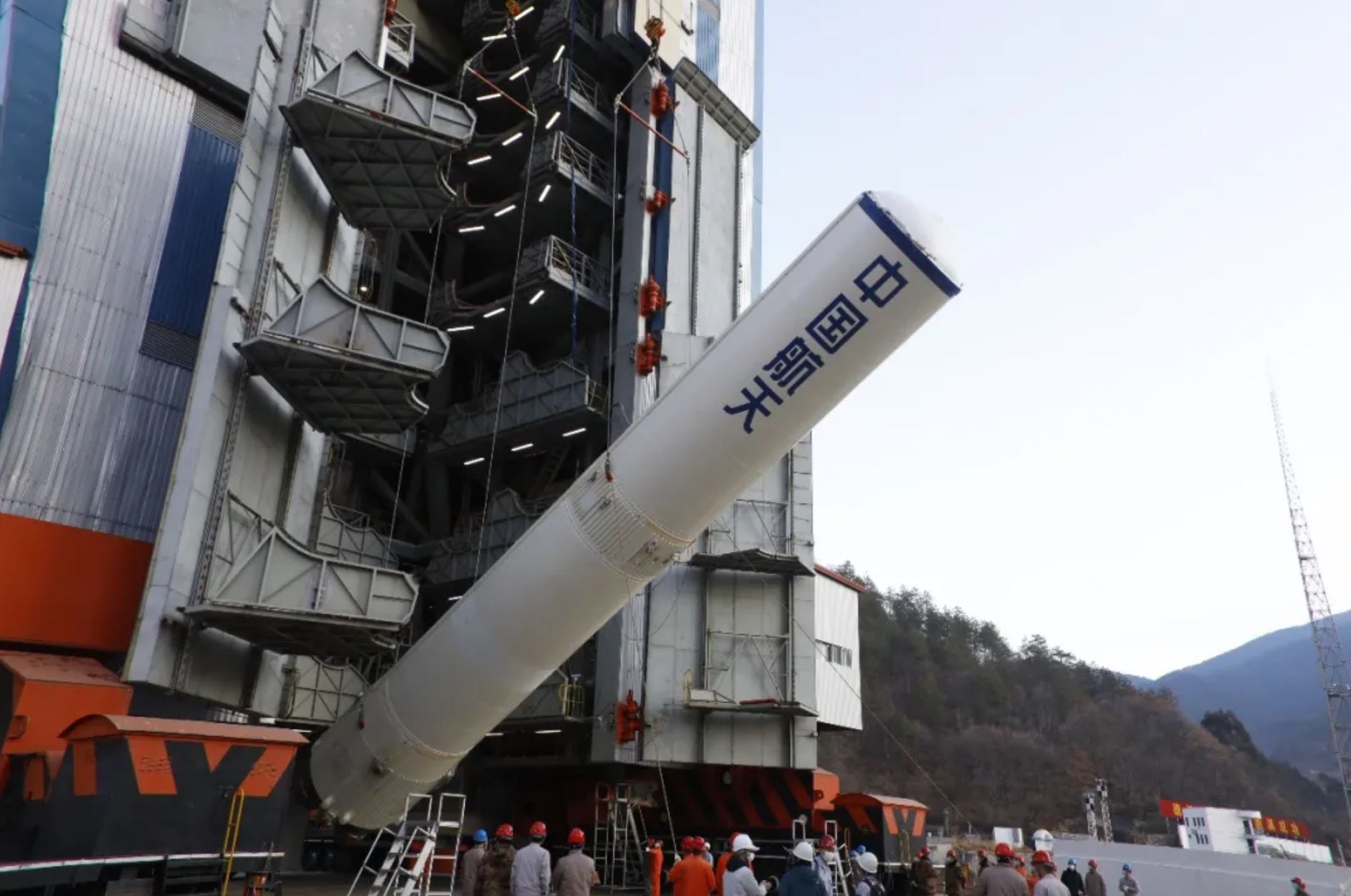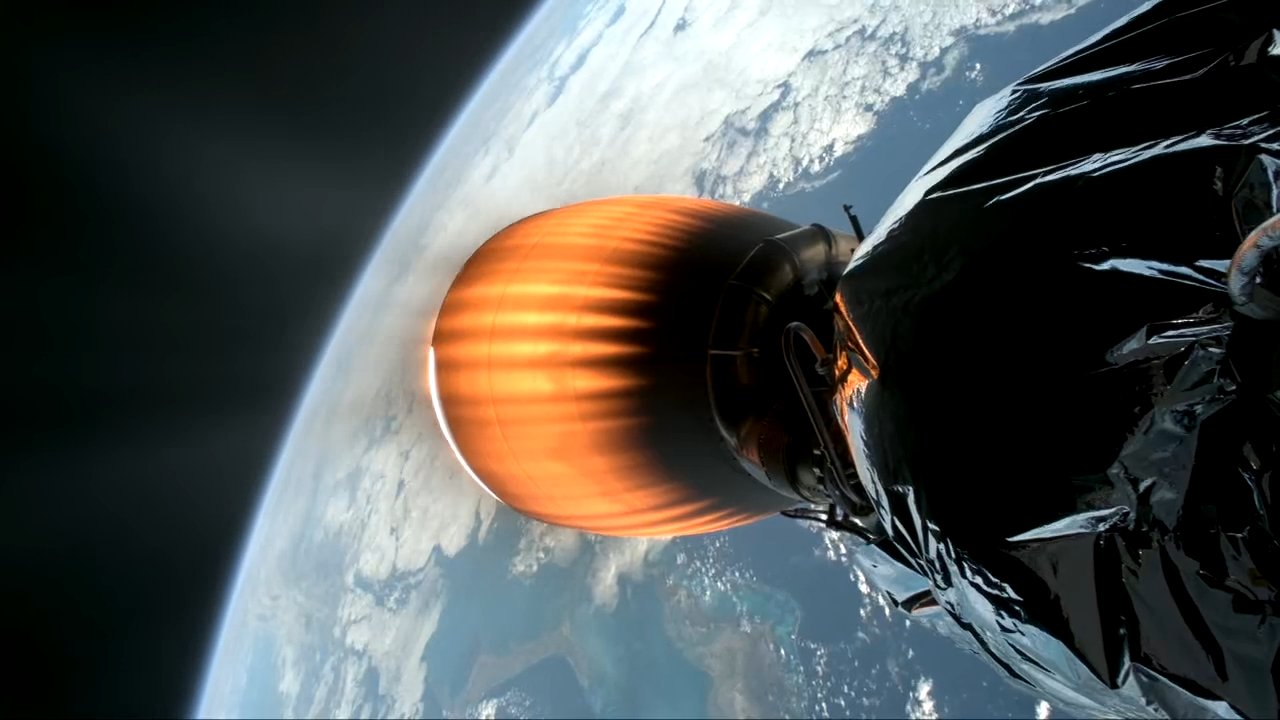Heads up! Chinese rocket debris crashes back to Earth after recent launch
Rocket debris has been discovered downrange from a recent rocket launch from Xichang in southwest China.
China successfully launched a Long March 3B rocket on March 9, sending a Beidou navigation satellite into a geosynchronous transfer orbit around Earth.
However, while the launch sent the satellite into orbit without a hitch, a side-booster from the three-stage rocket landed downrange from the Xichang launch site. The 7.4-foot (2.25-meter) diameter rocket segment appeared to be sticking up out of the ground, according to social media footage.
Video: China launches 54th Beidou constellation satellite
Related: Coronavirus isn't stopping China from launching rockets
Smashdown site of one of the side boosters. (Note the 2 extra blue stripes that were added to one of the boosters and can be seen on the launch pics above)ℹ:https://t.co/IF3kYOfBvJ pic.twitter.com/TPpDmMGLm3March 15, 2020
Fortunately, the spent booster did not fall on anyone's private property, which happened with an earlier launch in November 2019. Additionally, and thankfully, the runaway booster didn't endanger anyone's safety or life.
The post on social media didn't state the location of the debris, but comments on the posted video commented that they recognized people speaking in the video to have accents that fit Guizhou province. This region would also match the airspace closure areas which were issued ahead of the launch.
These closure areas, also known as drop zones, are calculated for each of these launches and the affected areas issued with notices. These notices call for the people who live in these nearby areas to evacuate and to not approach wreckage, which is likely to be contaminated with the rocket’s toxic hypergolic propellant.
Breaking space news, the latest updates on rocket launches, skywatching events and more!
China's first three launch sites were built deep inland during the Cold War for security reasons. This means that their boosters drop segments and stages over land, rather than out to sea.
China opened the coastal Wenchang spaceport in 2016 to launch a new generation of rockets. On Monday (March 16), China launched a new Long March 7A rocket from the new space center, but unfortunately, the launch ended in failure.
The Long March 7A was designed to, hopefully, eventually replace the older Long March 3B and reduce the danger of debris. However, the launch suffered an unknown anomaly and the rocket and its payload failed to reach orbit. This means that the new launcher will likely be grounded for a considerable time until the issue is isolated and fixed.
China has launched six times this year so far, with one failure to-date. The country is aiming to conduct more than 40 launches throughout 2020, with Xichang to be the busiest launch site.
- China prepares to launch new rockets to boost space program
- China's Mars mission likely still on track for July launch
- Latest news about China's space program
Follow Andrew Jones at @AJ_FI. Follow us on Twitter @Spacedotcom and on Facebook.
OFFER: Save at least 56% with our latest magazine deal!
All About Space magazine takes you on an awe-inspiring journey through our solar system and beyond, from the amazing technology and spacecraft that enables humanity to venture into orbit, to the complexities of space science.

Andrew is a freelance space journalist with a focus on reporting on China's rapidly growing space sector. He began writing for Space.com in 2019 and writes for SpaceNews, IEEE Spectrum, National Geographic, Sky & Telescope, New Scientist and others. Andrew first caught the space bug when, as a youngster, he saw Voyager images of other worlds in our solar system for the first time. Away from space, Andrew enjoys trail running in the forests of Finland. You can follow him on Twitter @AJ_FI.


